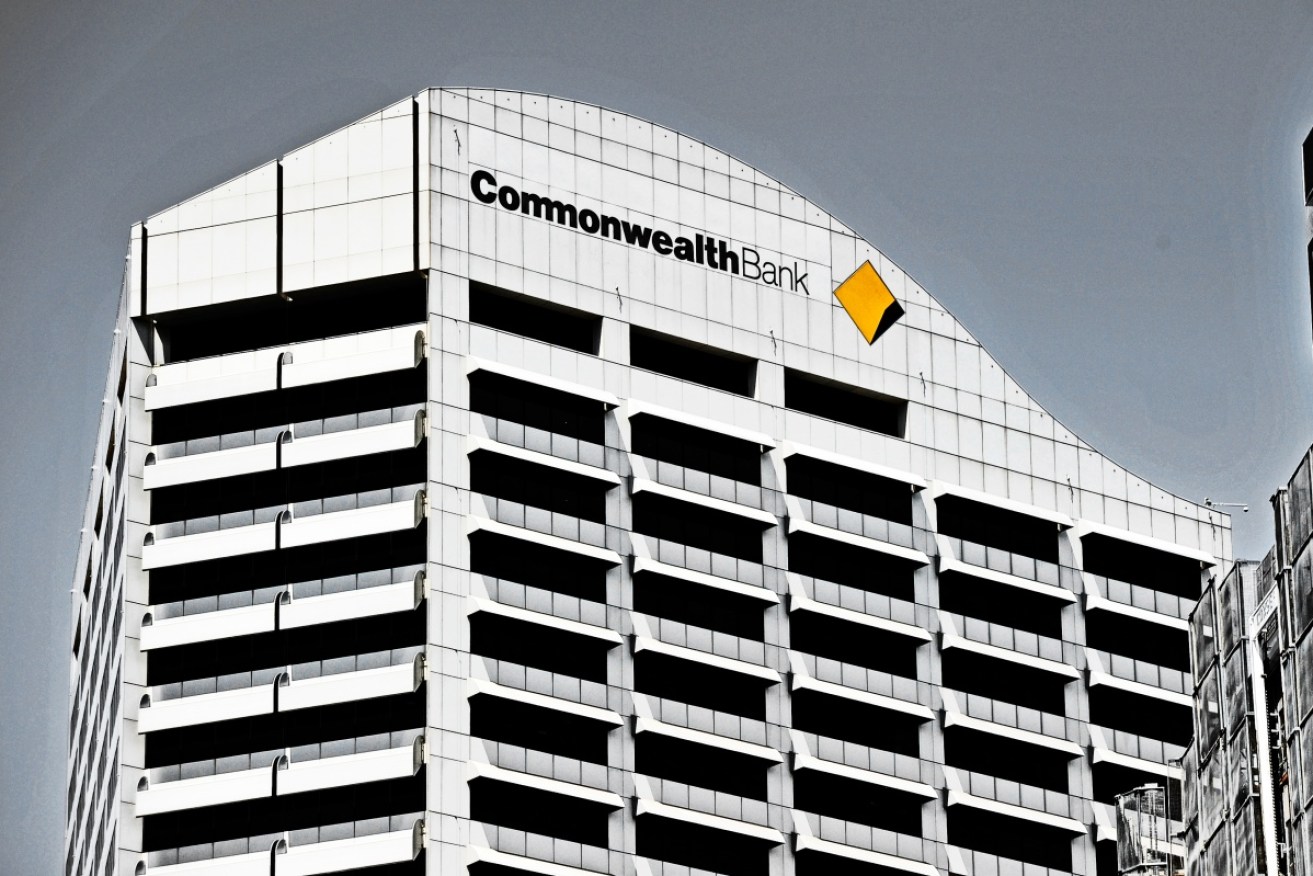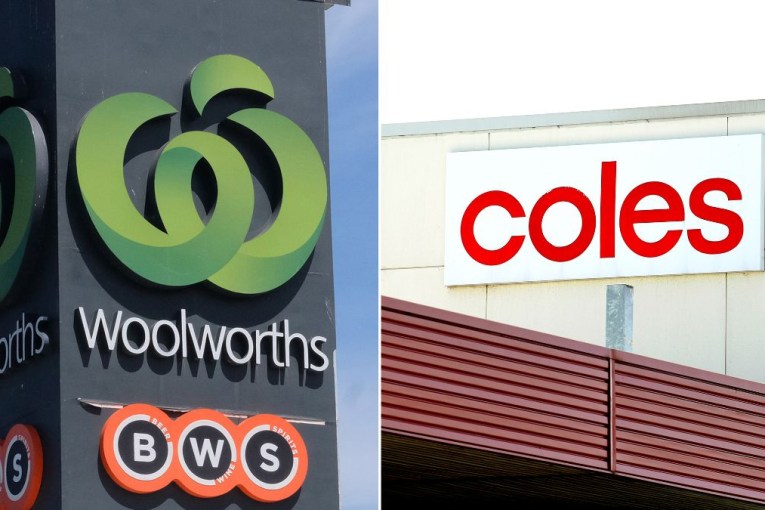CBA’s subsidised profit is a curse on the young


Landlord tax perks bloat banks' mortgage books and squeeze out young Australians. Photo: AAP
Housing investors will be feeling more than a little peeved with the Commonwealth Bank this week, after it announced both a record first-half profit of $4.9 billion and a move to hike interest rates on investors holding interest-only mortgages.
Why, you might ask, is a bank squeezing borrowers even harder when its making record profits?
Actually, that’s the wrong question.
CBA, like all Australian banks, needs to stop its investor mortgage books growing by more than 10 per cent a year – the ‘speed limit’ put in place by the Australian Prudential Regulatory Authority in December 2014.
If it was feeling generous, it could write a certain number of cheap loans, and when it got close to the limit could send its sales staff on long holidays.
But markets being what they are, price mechanisms are the favoured tool to bring supply and demand into balance.
CBA can increase the interest rates on loans, tighten up loan-to-valuation ratios (for instance, by requiring 25 per cent deposit rather than 20 per cent) or even increase annual fees.
As the price goes up, the amount of money investors can afford to borrow falls.
So the hike on interest-only loans doesn’t actually have a lot to do with profitability.
The real question
In fact, when you look at the broader context of CBA’s record first-half profit, the big question is why it isn’t even higher.

The stock of mortgage debt continues to outpace economic growth. Photo: Getty
RBA data shows that the stock of money lent for owner-occupied housing in Australia growing at an annual rate of 6.4 per cent, and the stock of investor loans is growing at 6.2 per cent – though economist Saul Eslake thinks those numbers could soon reverse again based on the last few months of strong investor lending.
If CBA’s first-half profit grew in line with those rates, it would be more like $5.1 billion.
But because the third of its funding raised in global markets is getting more expensive to service, it’s making slightly less profit on average on each dollar lent.
The broader picture
Fund managers and shareholders look at what CBA pays for its funding, how much it can charge for its loans, and what its other costs are to work out its profitability.
They are generally less interested in what a continuing run of record bank profits is doing to the broader economy – namely, devouring it.
Year-in, year-out, the growth in the stock of mortgages exceeds economic growth, which is another way of saying first home buyers must hand over an ever-increasing slice of their monthly pay-packets to buy a home.
Adjusting for inflation and population growth, owner-occupied mortgage debt in Australia is 2.7 times what it was at the turn of the millennium.
The stock of investor debt has grown even more quickly. It’s now 3.5 times the size it was at the turn of the millennium, adjusted for inflation and population growth. It’s not hard to see why APRA wanted a speed limit.
Government sponsored debt
So why has this sector grown faster than the rest of the economy for so long?
The short answer is that since the turn of the millennium, the government has been using tax dollars to artificially expand housing credit.

A rate hike for investors means bigger losses, and bigger tax refunds. Photo: Getty
The two tax hand-backs, worth billions of dollars each year, are negative gearing and the capital gains tax discount.
The first rewards investors for losing money on a rental property.
As CBA increases its investor rates, for instance, investors’ losses will increase and the number of tax dollars refunded by the ATO will increase.
The second hand-back, set-up by the Howard government in 1999, is the capital gains tax discount. It allows investors to funnel their earnings into an investment property which, when sold, is taxable at a much lower rate than they’d have paid as income tax.
What this means is that when a house is bid on by an investor, they can afford to pay more than the rental returns of a property would allow in a free market.
Would-be owner-occupiers are therefore forced to raised their bids to get into homes of their own – and the banks mortgage books are artificially pumped up for both investor and owner-occupier loans.
That rips tens of billions of dollars out of revenue side of the federal budget, without doing anything to increase housing supply – over 90 per cent of negatively geared properties are established homes.
Record profits, yes. But tax-payers are the unseen and un-compensated funders of a sector that is placing an unbearable burden on younger Australians.
Public subsidies for investor mortgages simply have to stop.








